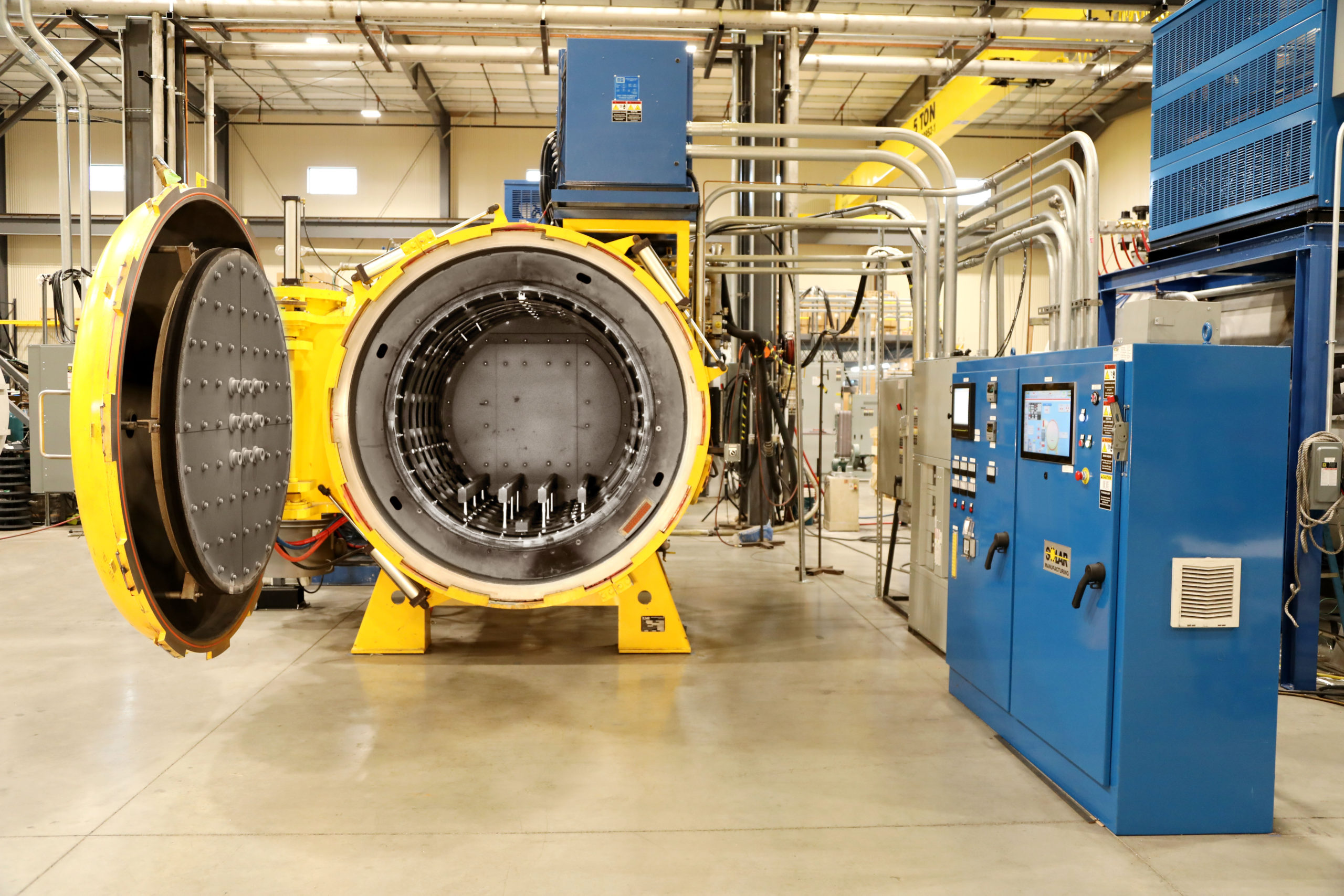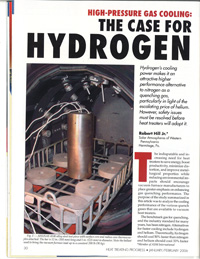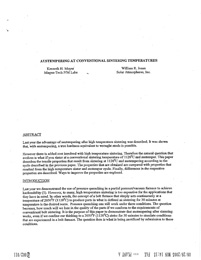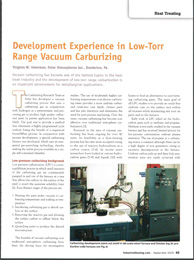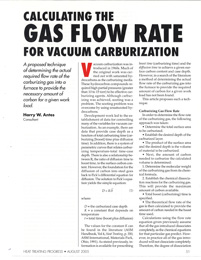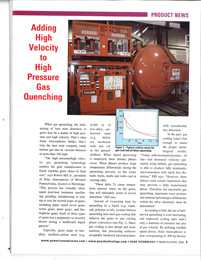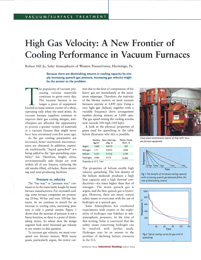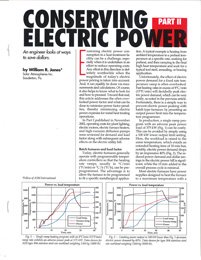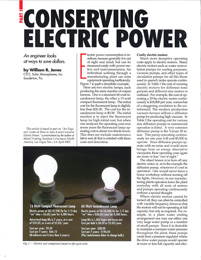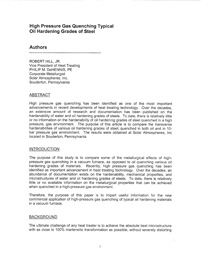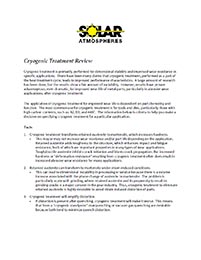CALL: 267-384-5040
Tech Downloads
High-Pressure Gas Cooling: the Case for Hydrogen
Hydrogen’s cooling power makes it an attractive higher performance alternative to nitrogen as a quenching gas, particularly in light of escalating price of helium. However, safety issues must be resolved before heat treaters will adopt it.
Austempering at Conventional Sintering Temperatures
A paper published in 2004 described the advantages of austempering after a high temperature sintering process. One disadvantage is the increased cost involved with high temperature sinter cycles. This paper describes the tensile properties that result from sintering at a conventional sinter temperature (1120°C) and austempering according to the cycle describe in a previous paper. The properties that are obtained are compared with the properties that result from high temperature sinter and austemper cycle.
Development Experience in Low-Torr Range Vacuum Carburizing
Vacuum carburizing has become one of the hottest topics in the heat treat industry and the development of low-torr range carburization is an important advancement for metallurgical applications.
Calculating the Gas Flow Rate for Vacuum Carburization
A proposed technique of determining the actual required flow rate of the carburizing gas into a furnace to provide the necessary amount of carbon for a given work load.
Adding High Velocity to High Pressure Gas Quenching
When gas quenching, the minimizing of heat treat distortion is gears may be a matter of high pressure and high velocity. That’s what Solar Atmospheres thinks, that’s why the heat treat company sends helium gas into its vacuum furnaces at more than 100mph.
High Gas Velocity: A New Frontier of Cooling Performance in Vacuum Furnaces
Because there are diminishing returns in cooling capacity by simply increasing quench-gas pressure, increasing gas velocity might be the answer to the problem.
Conserving Electric Power Part II
Examining electric power consumption in a heat treatment facility can be a challenge, especially when it is undertaken in an effort to reduce operating costs. Any effort in this direction is definitely worthwhile when the magnitude of today’s electric power pricing is taken in to account.
Conserving Electric Power Part I
This article is in part on “An Engineer’s View on how to conserve $ and electric power”, presented at the Metal Treating Institutes Furnaces North America, Las Vegas NV April 3-4, 2002. This article is part 1 of a two part series.
High Pressure Gas Quenching Typical Oil Hardening Grades of Steel
High pressure gas quenching has been identified as one of the most important advancements in recent developments of heat treating technology. Over the decades, an extensive amount of research and documentation has been published on the hardenability of water and oil hardening grades of steels. To date, there is relatively little or no information on the hardenability of oil hardening grades of steel quenched in a high pressure, gas environment.
Cryogenic Treatment Review
Claims for the benefits of cryogenic treatment abound. Research also abounds, but with differing conclusions. Yet, results have proven helpful, even dramatic, for the wear life of metal parts, dies and tooling applications after cryogenic treatment.

